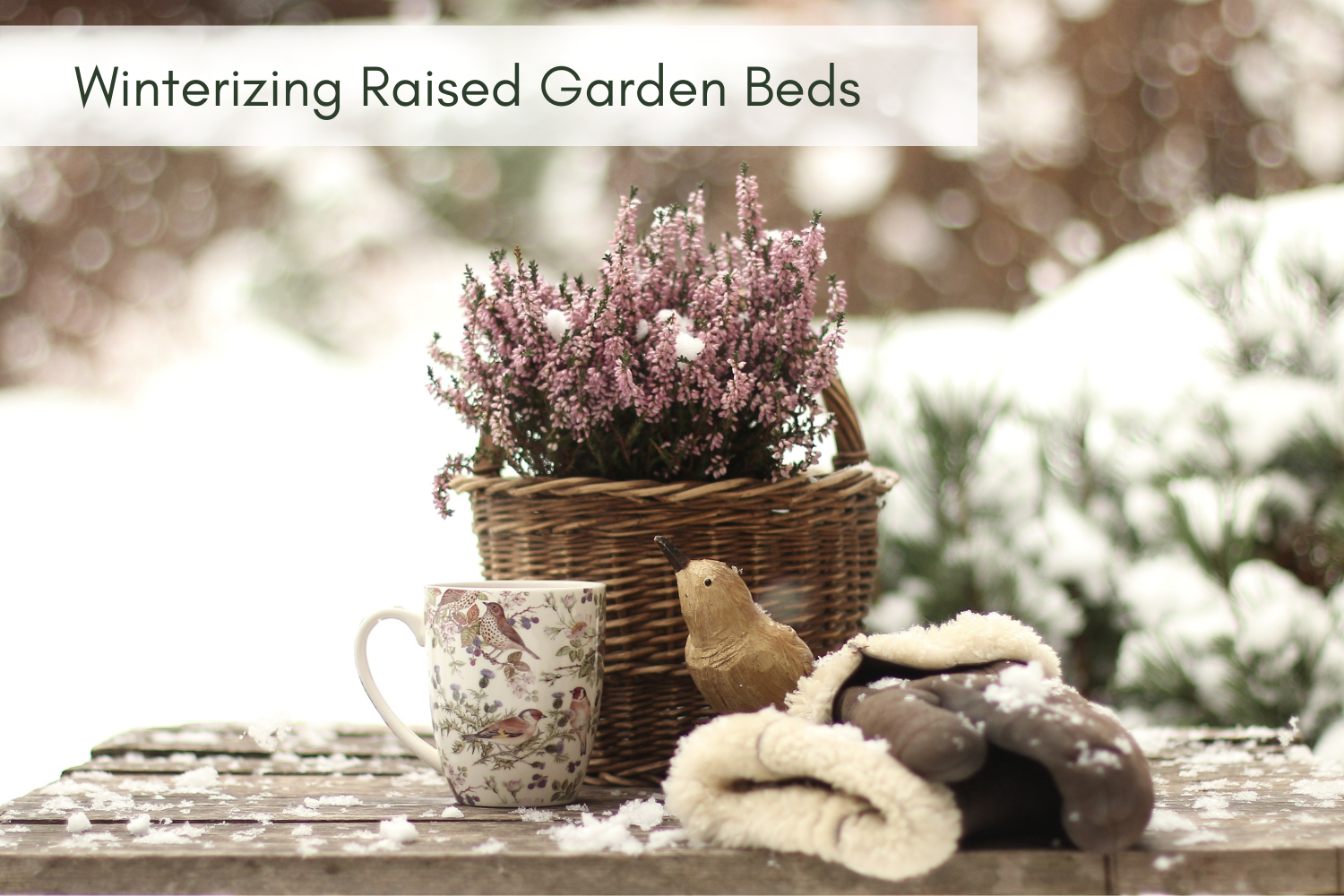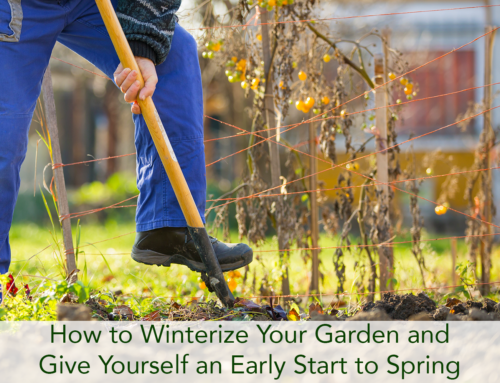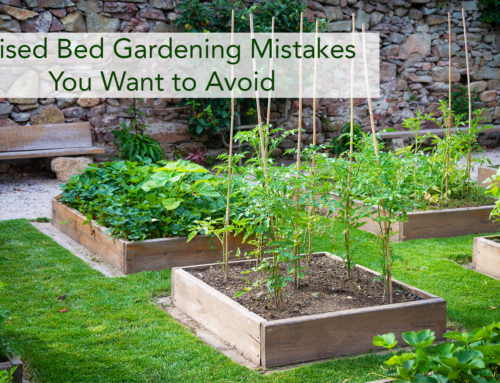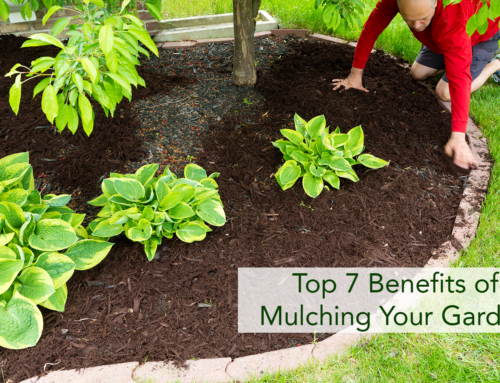Fall is officially here, which means one thing: Winter is coming. The Western Slope can receive anywhere between 19-175 inches of snow on average–depending on your elevation. Are you and your raised beds ready for snowfall? Keep reading to discover three tips on winterizing raised garden beds.
Step 1: Weed Your Raised Bed
Weeds, sick plants, and dead materials should be removed from your raised garden bed to prevent disease and insect infestation. Although it may seem counterintuitive to weed your summer or fall garden before winter comes, it really helps eliminate unwanted pests and diseases for your next round of spring gardening.
Not only do you want to prevent disease surviving underneath the layer of snow, you also want to weed your garden to prevent insect invasion. It’s common that insects will lay eggs in dead vines and plants, and many of these can survive even the toughest of winters.
Step 2: Winterize with Nature’s Blanket
One of the best ways to winterize raised garden beds is to add several layers of organic materials, such as compost and mulch. We like to call these layers of compost and mulch: Nature’s Blanket. By adding at least three inches to your raised garden bed, you’ll be able to insulate your soil. Just like a blanket.
Beaver Lake’s compost tests out better than all of our local competitors, as well as some national brands. We test our compost every year as well as our competition to ensure the highest quality we can provide. Not only will our compost help winterize your raised bed, it will help provide the necessary nutrients to help your perennials and fruit trees stay healthy over the winter.
While we often recommend using compost as mulch, if you live in the higher elevations of the Western Slope, then you may want to consider adding wood mulch. Beaver Lakes Nursery has ten types of wood mulch to choose from, but we won’t blame you if you don’t get the fanciest. After all, the purpose of applying wood mulch for the winter months is to lock in moisture and nutrients, and also protecting your root vegetables from the elements–not to look pretty.
Step 3: Winter Watering
You would think with the foot-thick layer of snow on your fruit trees, cool-weather vegetables, and/or root vegetables would be enough to water them, right? Wrong.
During the winter months, it’s important to water one, or two, times per month. However, it’s important to choose a warm winter day with temperatures ranging 40 degrees or above. Make sure you water mid-day, so it can in the soil before freezing.
There’s Snowplace like Home
Turning your focus towards winterizing your raised garden beds can help pass a bleak winter. Breathing in the brisk mountain air when weeding your garden is a great way to kick the winter blues. Come by and visit to see which mulch and compost will work best for your elevation, and let us help you kickstart then winterizing raised garden beds.






